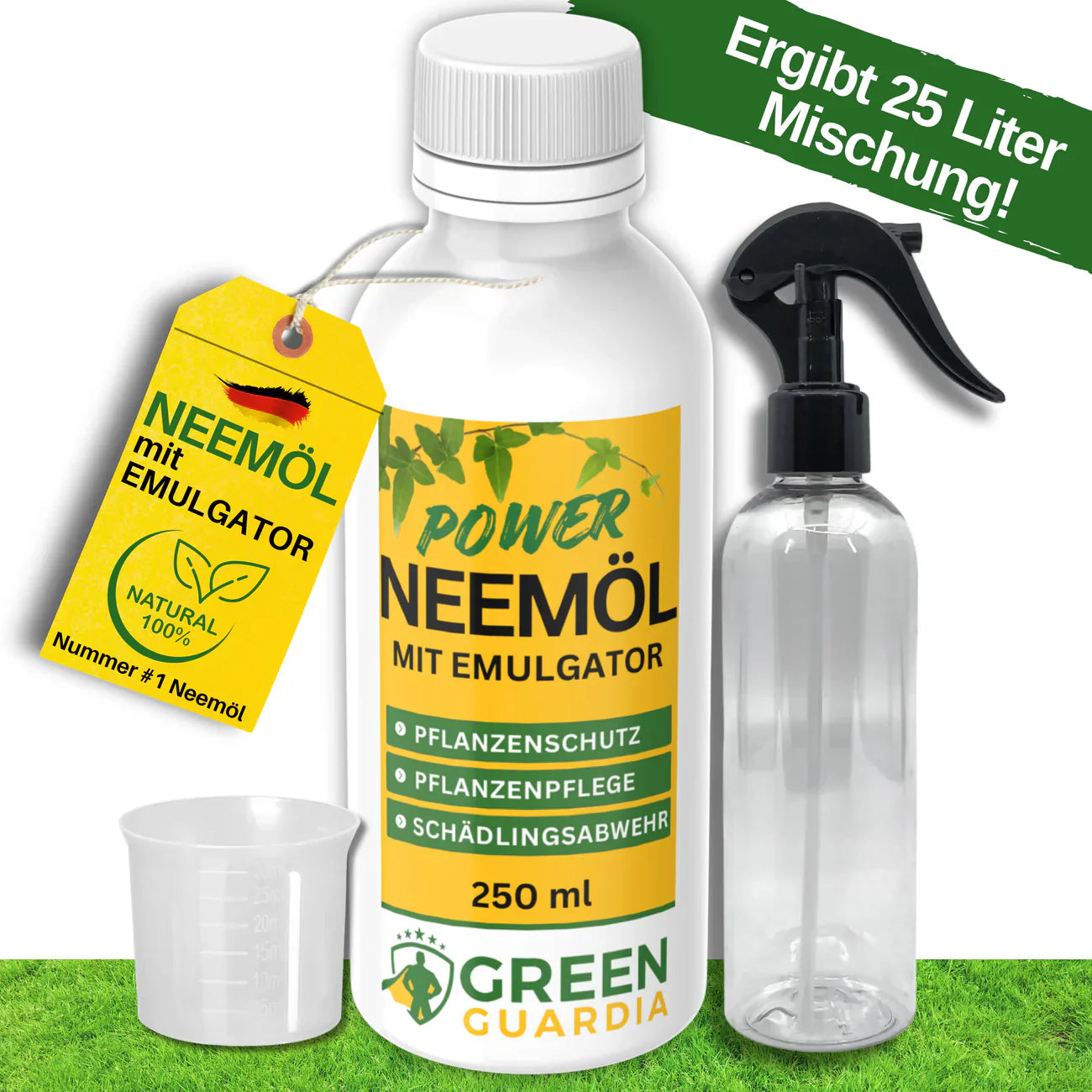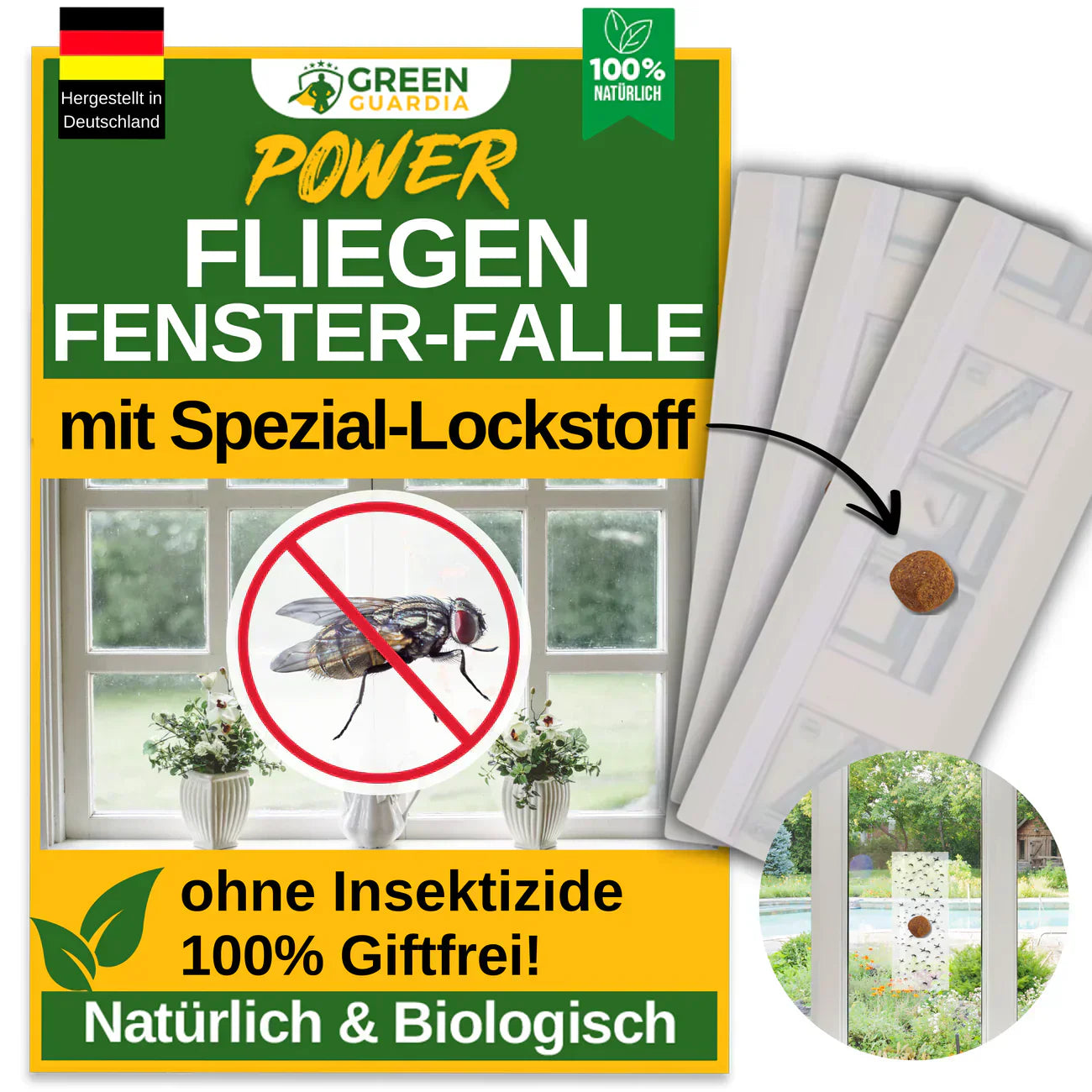Glue traps with attractant – natural & targeted pest control
Have you ever experienced this before? Fruit flies suddenly appear in the kitchen, houseplants are suffering from aphids, or the garden becomes home to unwanted insects. Pests usually arrive unexpectedly – and they spread quickly. But before resorting to chemicals, it's worth considering an environmentally friendly, effective, and simple solution: sticky traps with attractants .
These smart helpers are no longer an insider tip; they have become a staple in many households and gardens. Why? Because they have a targeted effect, are easy to use, and can be easily integrated into sustainable pest management. In this article, you'll learn how to successfully implement protection with attractant sticky traps in your everyday life.
What exactly are glue traps with attractants?
Production and mode of action
Glue traps with attractants consist of an adhesive surface—usually cardboard or plastic—combined with an integrated scent (pheromone or natural attractant) that attracts specific pests. The attractants are species-specific, so beneficial insects are not affected.
Once attracted, the insects stick to the glue surface – without the use of poison. Modern versions use UV-resistant adhesives and allergen-free fragrances, making them particularly user-friendly.
What makes our solution unique?
Our sticky traps are equipped with a specially developed, long-lasting attractant that is not only effective but also environmentally friendly. By using biodegradable materials and non-toxic adhesives, we contribute to a healthier living environment – in your home and garden.
Where and how to best use sticky traps
In the household:
Place sticky traps near fruit bowls, trash cans, or pantry cupboards. They help against fruit flies, food moths, and fungus gnats.
On houseplants:
Place yellow sticky traps in the soil – this attracts fungus gnats without damaging the plants.
In the garden or greenhouse:
Use weatherproof versions to control whiteflies, aphids, or leaf miners. Place the traps in close proximity to the infested plant.
Agricultural use:
Our sticky traps also provide valuable services in the professional sector – for example in organic gardening – as part of an integrated plant protection system.
Tips for use
- Check regularly: Replace the traps as soon as they are well filled or the attractant loses its effectiveness (after about 4-6 weeks).
- Place strategically: Hang or place the trap as close to the pest source as possible.
- Don't overload: Use several smaller traps instead of one large one – this increases the catch rate.
Conclusion
With sticky traps with attractants, you can rely on a targeted and environmentally friendly method of pest control. They are effective, easy to use, and offer a real alternative to chemicals. Whether in the kitchen, garden, or greenhouse – the possible applications are diverse and flexible.
👉 Take the first step toward a pest-free home now – with our innovative sticky traps with attractants. Visit our online shop and discover the right solution for your needs.











